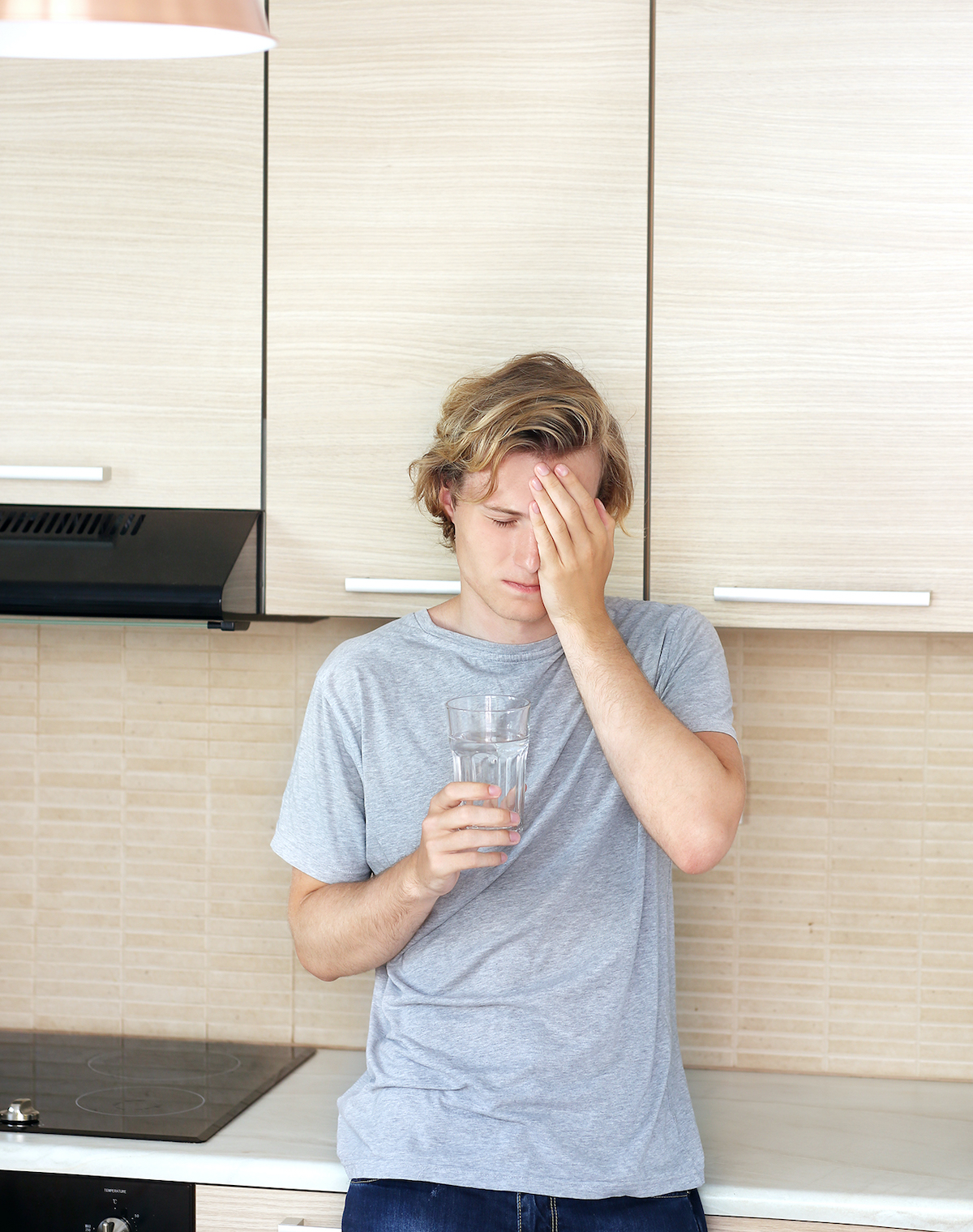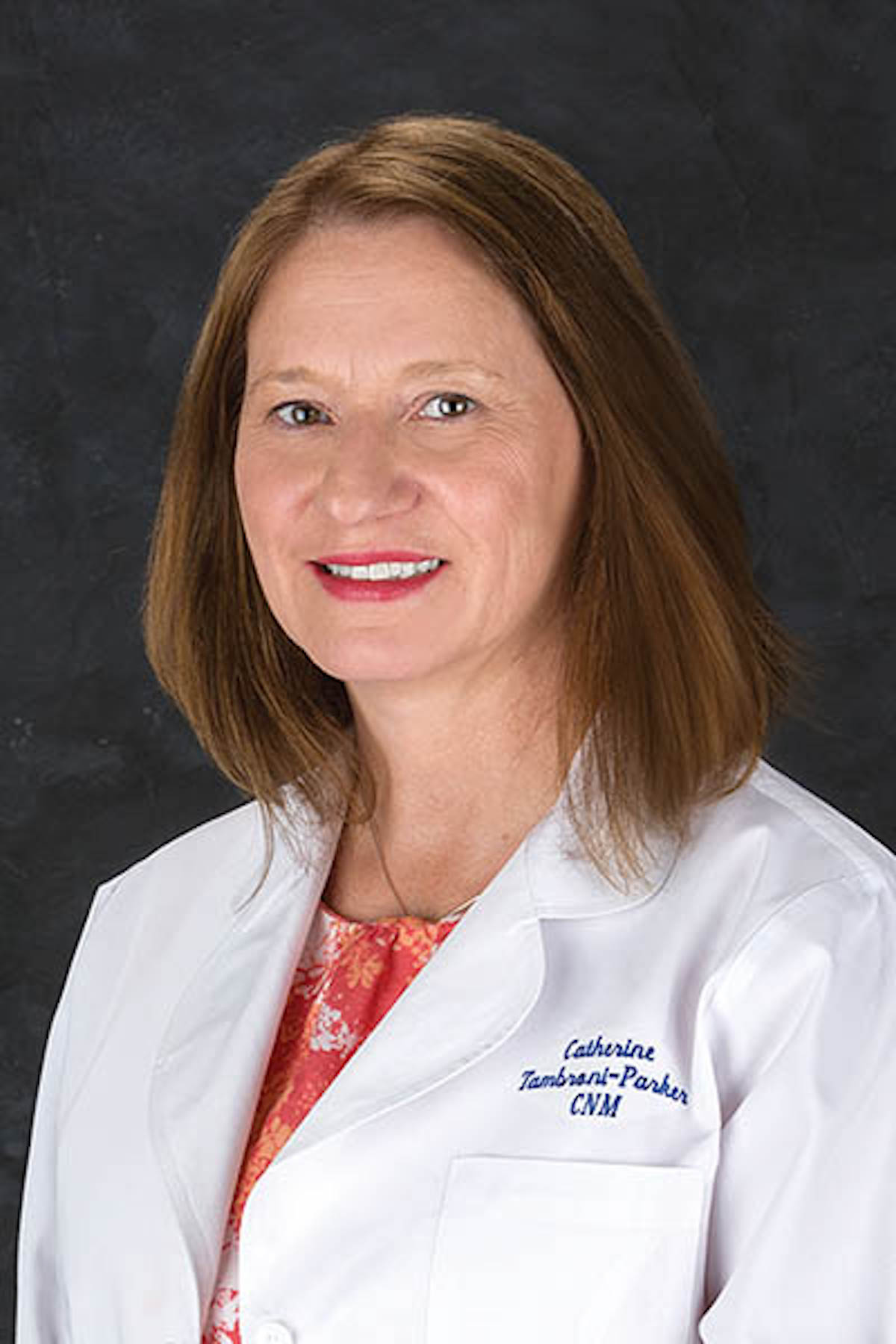A stye is an inflammation of the eyelid associated with a small collection of pus. In most cases, the cause of the infection is the Staphylococcus bacteria.
A stye is an inflammation of the oil gland. It is sometimes spelled “sty” and is also known as a hordeolum. A bacterial infection causes inflammation to occur.
In the majority of cases, styes get better within a week. However, other people may experience symptoms not healing and require further treatment.
Here are some key points about styes. More detail and supporting information are in the main article.
Styes can be painful but often heal without medical intervention.
If a stye persists for more than a week or affects vision, a person should seek medical attention.
Styes can be external or internal.
Home remedies for styes include a warm compress and over-the-counter pain medication.
Types of stye
Most styes form on the outside of the eyelid and may turn yellow and release pus. Some styes do appear inside the eyelid, and an internal stye tends to be more painful.
There are two general categories of a stye:
External styes emerge along the outer edge of the eyelid. They can become yellow, filled with pus, and painful when touched.
Infections in the following areas may cause external styes:
Eyelash follicle: The small holes in the skin from which eyelashes grow.
Sebaceous gland: This gland is attached to the eyelash follicle and produces sebum. Sebum helps lubricate the eyelash and stops it from drying out.
Apocrine gland: This gland also helps prevent eyelashes from drying out. It is a sweat gland that empties into the eyelash follicle.
Internal styes happen when the swelling develops inside the eyelid. Generally, an internal stye is more painful than an external one. They most commonly occur due to an infection in the meibomian gland. These glands produce a secretion that makes up part of the film that covers the eye.
Patients may also experience a burning sensation in the eye, crusting of the eyelid margins, itchiness on the eyeball, sensitivity to light, tearing, a feeling that an object is in the eye, and discomfort when blinking.
Causes and risk factors
Adolescents tend to have styes more commonly, but people of any age can develop them. The following can increase the risk of developing a stye:
using cosmetics after their use-by dates
not removing eye makeup before going to bed
not disinfecting contact lenses before putting them in
changing contact lenses without washing the hands thoroughly
inadequate nutrition
sleep deprivation
Although styes are not contagious, if a household member has a stye, the other residents should not share washcloths or face towels. Avoiding this type of contact minimizes the risk of cross-infection because there may be residual bacteria on the towels.
Sometimes a stye occurs as a complication of blepharitis, an inflammation of the eyelids.
A bacterial infection causes blepharitis, but it can also sometimes be a complication of rosacea, an inflammatory skin condition that mainly affects the skin of the face.
Symptoms
A person with a stye will have a painful red swelling on the eyelid, making the eye produce tears and become red. Often the lump looks like a boil or pimple.
Styes very rarely affect both eyes simultaneously. An individual will generally have one stye in one eye. However, it is possible to have more than one stye in the same eye or one in each eye.
Other symptoms of a stye may include:
tenderness
crusting of the margins of the eyelids
burning sensation
itching of the eye
blurry vision
discharge of mucus from the eye
light sensitivity
tearing
discomfort when blinking
the feeling that there is an object in the eye
When to consult a doctor
A person should speak with a doctor if:
the stye persists for more than a week
vision problems arise
the swelling becomes particularly painful, bleeds, or spreads to other parts of the face
the eyelid or eye becomes red
Treatment
Most styes go away on their own without the need for any medical intervention. However, pain relievers may be helpful if the stye is particularly sore. It is best not to apply eye makeup, lotions, or wear contact lenses until the stye has completely gone.
Doctors also recommend the following home remedies and treatments:
Warm compress. Doctors recommend people not to burst a stye themselves but apply a warm compress.
A warm compress held gently against the eye may help ease symptoms and release pus more readily. The water should not be too hot. If applying the compress to someone else, a person should take special care to avoid it being too hot or applying too much pressure.
A person should hold the compress against the eye for 10–15 minutes, three or four times each day.
As soon as styes rupture, symptoms tend to improve rapidly. Not only does the compress ease the discomfort, but it may also encourage the pus to drain away.
Antibiotics. If the stye persists, the doctor may prescribe a topical antibiotic cream or antibiotic eye drops. If the infection spreads beyond the eyelid, a medical professional may prescribe oral antibiotics.
Other treatments. When an external stye is extremely painful, the doctor may remove the eyelash nearest to it and drain the pus away by lancing it with a thin needle. This procedure should only be carried out by a professional. If things do not improve, a doctor may refer a person to a specialist, for example, an ophthalmologist.
Complications
Although extremely rare, may sometimes occur, including: Meibomian cyst. A meibomian cyst is a cyst of the small glands located in the eyelid. The glands discharge a lubricant called sebum in the edge of the eyelid. A persistent stye inside the eyelid can eventually develop into a meibomian cyst or chalazion, especially if it obstructs the gland. This type of cyst is easily and effectively treatable.
Preseptal or periorbital cellulitis. Cellulitis may develop if the infection spreads to the tissue around the eye. The layers of skin around the eye become inflamed, making the eyelids go red and swollen. Doctors treat this type of infection with antibiotics.
While these complications can occur, most cases of a stye will clear with minimal intervention.
Although uncomfortable and incredibly common, styes are not generally a cause for concern. Some complications are associated with styes, such as if the stye develops into a cyst or the infection spreads. However, doctors can treat both rare complications that may occur.
There are also certain factors associated with the risk of developing a stye, including lack of sleep or certain cosmetics.
Doctors suggest people with styes use home remedies to treat the inflammation but may prescribe antibiotics in cases where the stye persists.
Source: https://www.medicalnewstoday.com/ articles/220551?utm_source=Sailthru%20Email&utm_ medium=Email&utm_campaign=MNT%20Daily%20 News&utm_content=2021-11-27&apid=37763034&rvid= 3424e32faa971ce2c1b02d01eed1022831fc564614ad3f5 3b1cc99363570ba22
Exclusive content from CARE magazine








